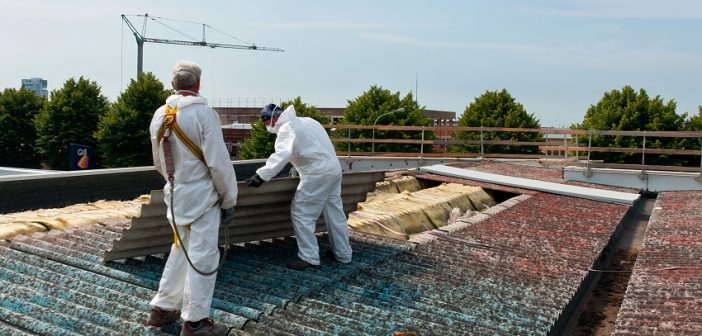Asbestos is a popular element in many building materials before the 1980s. However, due to the discovery of its hazardous properties, it has been banned for use in most countries including Australia.
And since some structures built between the 1940s to 1970s (when the asbestos industry is booming) still stand today, we are still at risk of asbestos exposure. Thus, it is a protocol to test old structures for asbestos before conducting a demolition or renovation.
A code of practice for proper domestic asbestos removal is among the extensive and comprehensive policies related to workers’ safety. This ensures that only qualified and trained people will handle the process.
Types of Asbestos
As a background, asbestos is classified into two types: friable and non-friable.
The former is a clear hazard and automatically qualifies for immediate evacuation. Friable asbestos is the one that easily crumbles and pulverizes. The fibers can be mix with the air.
As you know, asbestos fibers are so small that you can easily inhale them to go straight to your lungs. Prolonged exposure could lead to serious diseases like asbestosis, mesothelioma, and lung-related cancers. Though studies show that even a momentary exposure could still bring ill effects to your body.
Meanwhile, non-friable asbestos still poses a hazard. It must be removed carefully to avoid releasing respiratory fibers into the air.
Asbestos Removal Preparation
Asbestos removal requires several preparation procedures. This aims to conduct the process immediately, safely, and effectively.
Assessment and air monitoring are also vital processes before asbestos removal. Both processes identify the type of asbestos present and the gravity of contamination.
Only certified and trained asbestos professionals are allowed to conduct surveys, removal, or any process relevant to asbestos. This is to ensure the safety of everyone concerned, particularly the persons within the vicinity.
Asbestos Removal Control Plan
After submitting and analyzing all the pertinent data from the tests, a team now formulates an asbestos removal control plan.
This document details all the procedures and guidelines that are anchoring on the safety of all personnel who will conduct the removal. It is similar to the details written in a Job Safety Analysis (JSA). The difference is that it focuses more on specific safety measures and minimising risks relevant to asbestos removal.
In some cases, unlicensed asbestos removal personnel may engage with the removal works, but only under certain conditions.
This guide will focus on the step-by-step procedure in situations that require licensed removal team members.
Asbestos is a popular element in many building materials before the 1980s. However, due to the discovery of its hazardous properties, it has been banned for use in most countries including Australia.
And since some structures built between the 1940s to 1970s (when the asbestos industry is booming) still stand today, we are still at risk of asbestos exposure. Thus, it is a protocol to test old structures for asbestos before conducting a demolition or renovation.
A code of practice for proper domestic asbestos removal is among the extensive and comprehensive policies related to workers’ safety. This ensures that only qualified and trained people will handle the process.
Types of Asbestos
As a background, asbestos is classified into two types: friable and non-friable.
The former is a clear hazard and automatically qualifies for immediate evacuation. Friable asbestos is the one that easily crumbles and pulverizes. The fibers can be mix with the air.
As you know, asbestos fibers are so small that you can easily inhale them to go straight to your lungs. Prolonged exposure could lead to serious diseases like asbestosis, mesothelioma, and lung-related cancers. Though studies show that even a momentary exposure could still bring ill effects to your body.
Meanwhile, non-friable asbestos still poses a hazard. It must be removed carefully to avoid releasing respiratory fibers into the air.
Asbestos Removal Preparation
Asbestos removal requires several preparation procedures. This aims to conduct the process immediately, safely, and effectively.
Assessment and air monitoring are also vital processes before asbestos removal. Both processes identify the type of asbestos present and the gravity of contamination.
Only certified and trained asbestos professionals are allowed to conduct surveys, removal, or any process relevant to asbestos. This is to ensure the safety of everyone concerned, particularly the persons within the vicinity.
Asbestos Removal Control Plan
After submitting and analyzing all the pertinent data from the tests, a team now formulates an asbestos removal control plan.
This document details all the procedures and guidelines that are anchoring on the safety of all personnel who will conduct the removal. It is similar to the details written in a Job Safety Analysis (JSA). The difference is that it focuses more on specific safety measures and minimizing risks relevant to asbestos removal.
In some cases, unlicensed asbestos removal personnel may engage with the removal works, but only under certain conditions.
This guide will focus on the step-by-step procedure in situations that require licensed removal team members.




